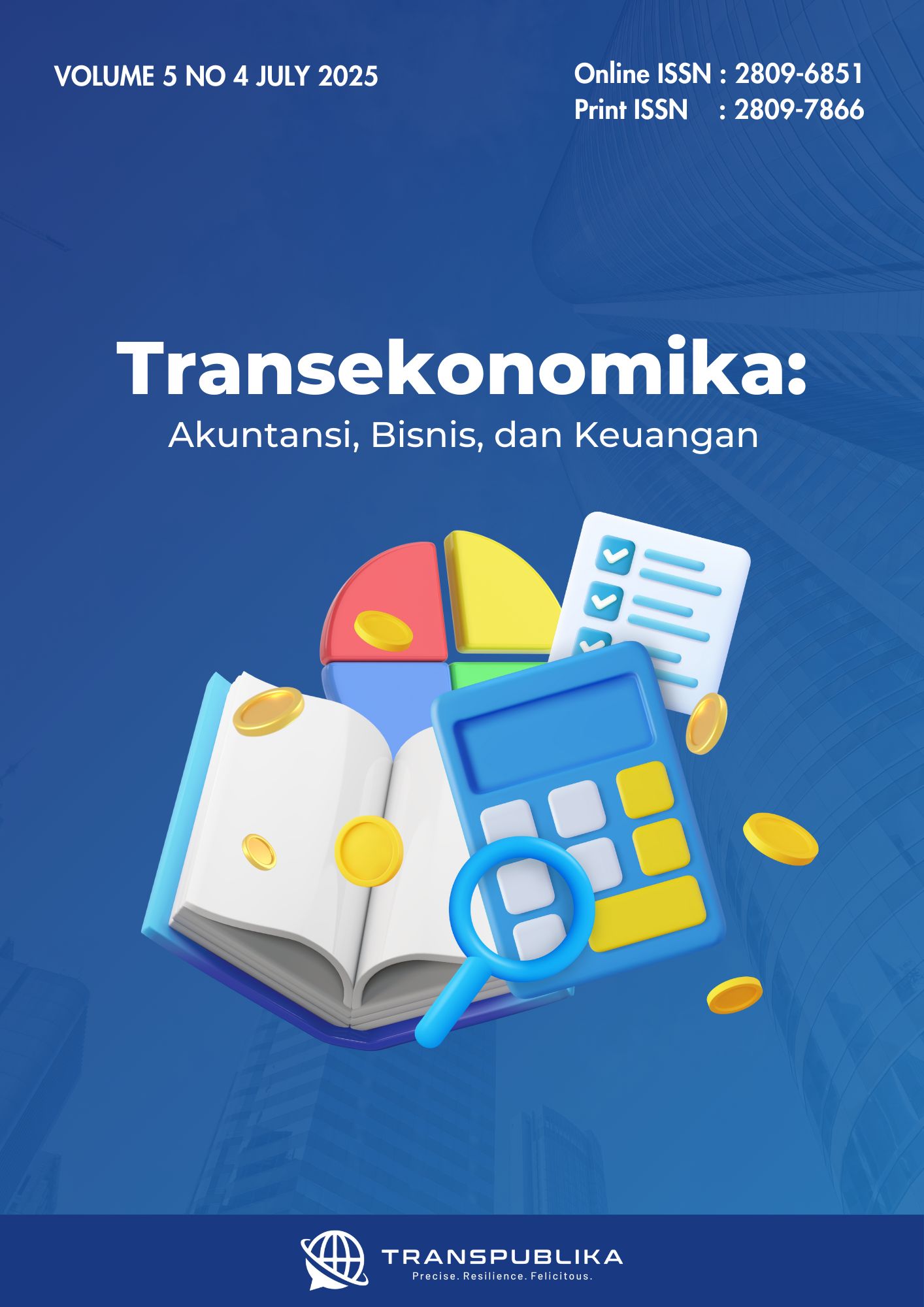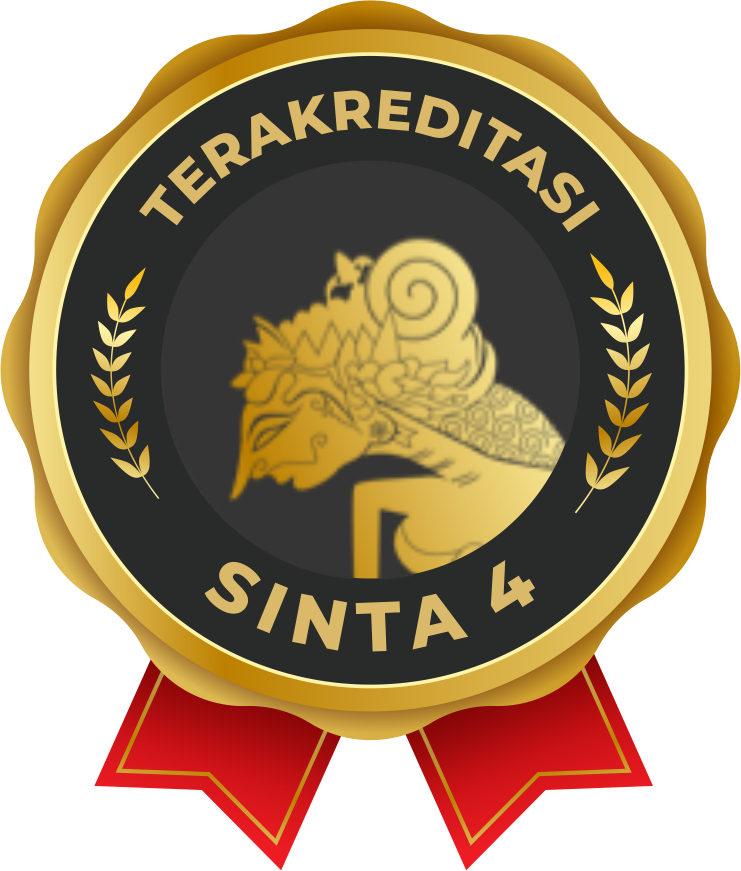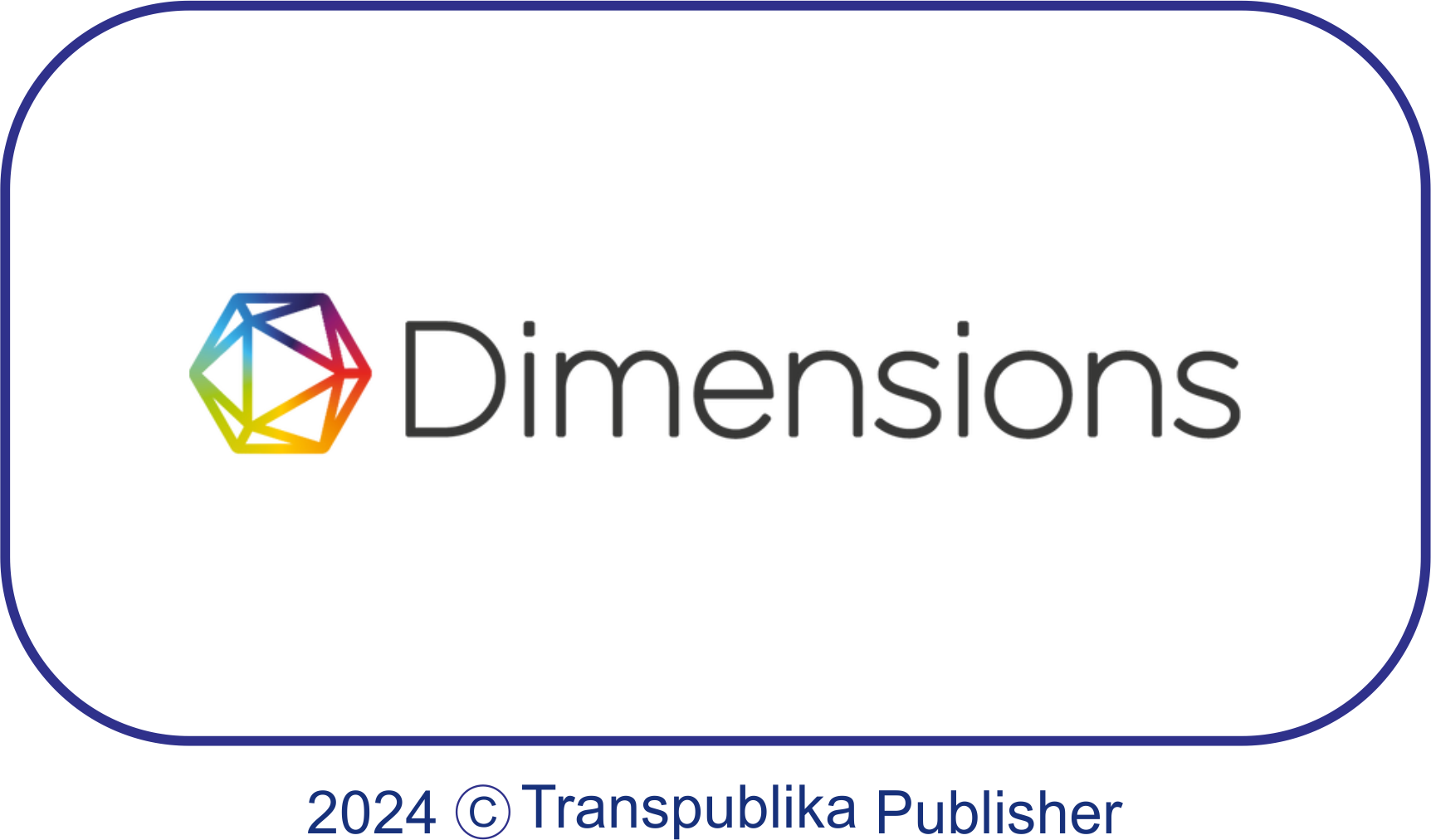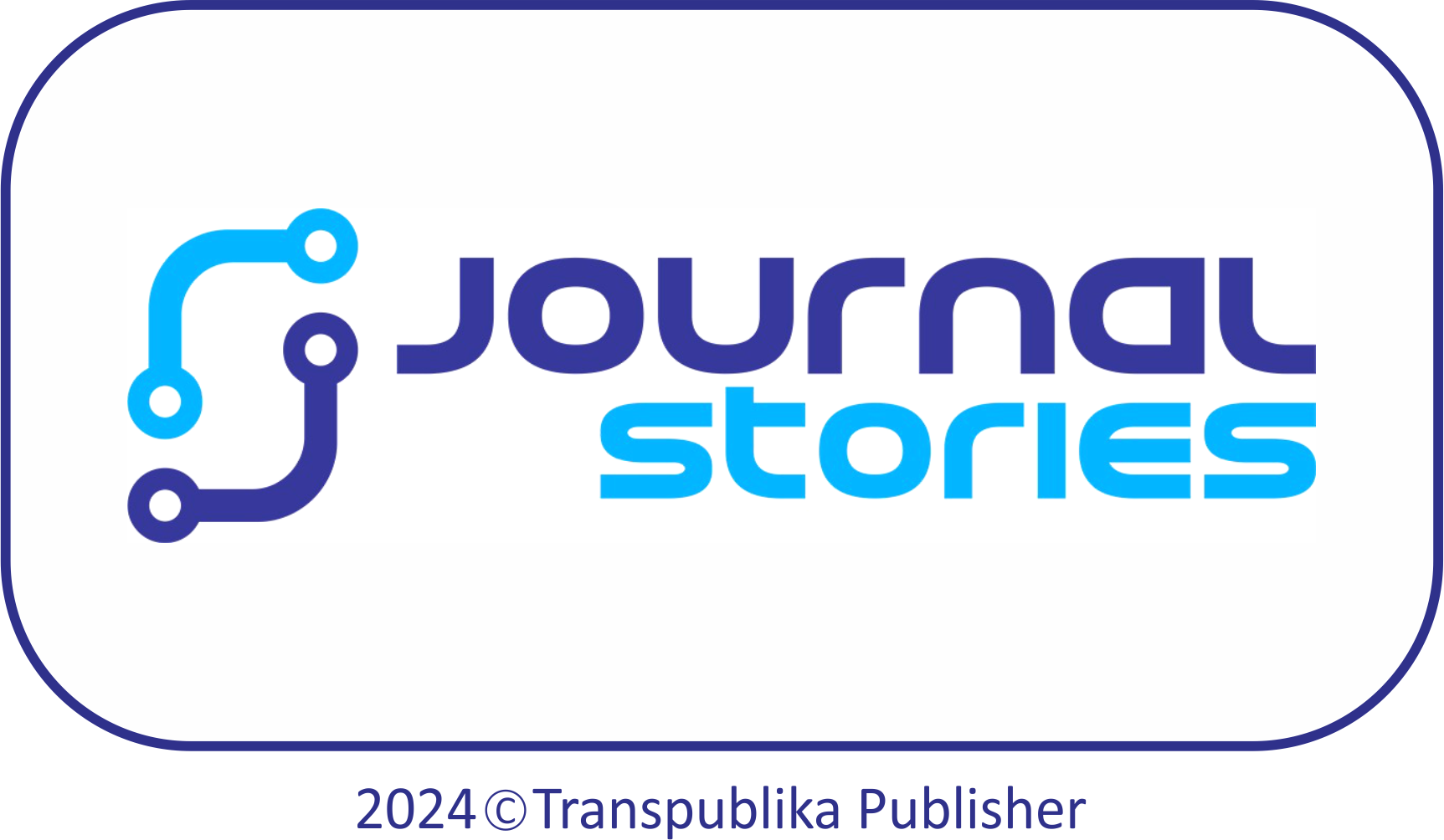Work Fatigue Risk Modeling Based on Environmental, Individual, and Operational Factors in the Coal Mining Industry
Abstract
The coal mining industry demands high physical and mental endurance from workers, as they must face exhausting work schedules, heavy activity loads, and high job demands. Previous research has examined factors such as shift work systems, workload, and work environment, but most were conducted separately and have not yet considered the specific context of mining or the role of external factors such as housing conditions. This study aims to analyze the influence of work schedules, work activities, and job demands on fatigue, with housing conditions as a moderating variable. This study uses a quantitative approach with a cross-sectional survey design. Respondents were heavy equipment operators at coal mining contractor companies in East Kalimantan. Of 243 workers surveyed, 213 respondents met the inclusion criteria and were analyzed. Data were collected through questionnaires based on a 1-5 Likert scale and analyzed using PLS-SEM. The research results show that work schedules and work activities have a significant effect on fatigue, while job demands do not show a significant direct relationship. Additionally, housing conditions were proven to significantly moderate the relationship between personal factors and job demands, where better living environments can reduce the negative impact of high demands. These findings emphasize the importance of work schedule management, effective activity planning, and improvement of housing facilities to reduce fatigue levels and enhance worker welfare in the coal mining industry.
Downloads
References
Alhainen, M. (2024). Physical activity and risk of workplace and commuting injuries: a cohort study. Scandinavian Journal of Work Environment and Health, 50(6), 406–415. https://doi.org/10.5271/sjweh.4163
Alston, M. (2019). Social work and disasters: A handbook for practice. In Social Work and Disasters A Handbook for Practice. https://doi.org/10.4324/9781315109138
Andrade-Pineda, J. L. (2020). Scheduling a dual-resource flexible job shop with makespan and due date-related criteria. Annals of Operations Research, 291(1), 5–35. https://doi.org/10.1007/s10479-019-03196-0
Bakker, A. B., & Demerouti, E. (2007). The Job Demands‐Resources model: state of the art. Journal of Managerial Psychology, 22(3), 309–328. https://doi.org/10.1108/02683940710733115
Bazazan, A., Noman, Y., Norouzi, H., Maleki-Ghahfarokhi, A., Sarbakhsh, P., & Dianat, I. (2023). Physical and psychological job demands and fatigue experience among offshore workers. Heliyon, 9(6), e16441. https://doi.org/10.1016/j.heliyon.2023.e16441
Billiau, L. (2024). Flemish critical care nurses’ experiences regarding the influence of work-related demands on their health: a descriptive interpretive qualitative study. BMC Nursing, 23(1). https://doi.org/10.1186/s12912-024-02032-6
Biswas, A. (2020). Changes in work factors and concurrent changes in leisure time physical activity: A 12-year longitudinal analysis. Occupational and Environmental Medicine, 77(5), 309–315. https://doi.org/10.1136/oemed-2019-106158
Bougie, R., & Sekaran, U. (2016). Research methods for business: A skill building approach. John Wiley & Sons.
Cannizzaro, E. (2020). Night-time shift work and related stress responses: A study on security guards. International Journal of Environmental Research and Public Health, 17(2). https://doi.org/10.3390/ijerph17020562
Černý, M. (2023). Undermined Efforts? The Ambiguous Role of Mining Jobs in a Just Transition. Journal Fur Entwicklungspolitik, 39(3), 113–138. https://doi.org/10.20446/JEP-2414-3197-39-3-113
Chang, H. E. (2022). Nurses’ steps, distance traveled, and perceived physical demands in a three-shift schedule. Human Resources for Health, 20(1). https://doi.org/10.1186/s12960-022-00768-3
Charman, S. (2022). Voluntary resignations from the police service: the impact of organisational and occupational stressors on organisational commitment. Policing and Society, 32(2), 159–178. https://doi.org/10.1080/10439463.2021.1891234
Christidis, P. (2021). The post-pandemic recovery of transport activity: Emerging mobility patterns and repercussions on future evolution. Sustainability Switzerland, 13(11). https://doi.org/10.3390/su13116359
Cunningham, T. R., Guerin, R. J., Ferguson, J., & Cavallari, J. (2022). Work‐related fatigue: A hazard for workers experiencing disproportionate occupational risks. American Journal of Industrial Medicine, 65(11), 913–925. https://doi.org/10.1002/ajim.23325
Dettmers, J. (2020). Already exhausted when arriving at work? a diary study of morning demands, start-of-work-day fatigue and job performance and the buffering role of temporal flexibility. European Journal of Work and Organizational Psychology, 29(6), 809–821. https://doi.org/10.1080/1359432X.2020.1810666
Dewanti, N. P., Jingga, N. A., & A. Wahyudiono, Y. D. (2022). The Relationship between Work Shifts and Work Environment with Nurse Fatigue in the Emergency Department. The Indonesian Journal of Occupational Safety and Health, 11(2), 178–186. https://doi.org/10.20473/ijosh.v11i2.2022.178-186
Di, H. (2022). Defining the Primary Work Stress Factors of Chinese Coal Miners—A Mixed-Methods Study. International Journal of Environmental Research and Public Health, 19(21). https://doi.org/10.3390/ijerph192114593
Diaz, D. P. M. (2023). Staff turnover in companies. Management Montevideo, 1. https://doi.org/10.62486/agma202316
Dima, G. (2021). Job stress and burnout among social workers in the vuca world of covid-19 pandemic. Sustainability Switzerland, 13(13). https://doi.org/10.3390/su13137109
Emamialeagha, H. (2025). Automated Scheduling Method For Reducing Spatial-Temporal Conflict Safety Risks, Using ML And BIM. Journal of Information Technology in Construction, 30, 903–923. https://doi.org/10.36680/j.itcon.2025.037
Friedman, H. S., & Kern, M. L. (2014). Personality, Well-Being, and Health. Annual Review of Psychology, 65(1), 719–742. https://doi.org/10.1146/annurev-psych-010213-115123
Garner, P. (2023). A Cautionary Tale Out of West Virginia: A Call for Robust Federal Financial Assurance Requirements for Hardrock Mining. Texas Law Review, 101(5), 1205–1231.
Gates, R. S. (2023). The Demands of Surgery Residency: More Than Just Duty Hours? Journal of Surgical Research, 290, 293–303. https://doi.org/10.1016/j.jss.2023.04.026
Genetu, M. (2024). Ethiopian Coal Deposits and Resource Development Prospects. In Environmental Quality Management (Vol. 34, Issue 1). https://doi.org/10.1002/tqem.22289
Hagerup, A., Wijk, H., Lindahl, G., & Olausson, S. (2024). Toward a Future Orientation: A Supportive Mental Health Facility Environment. HERD: Health Environments Research & Design Journal, 17(2), 38–56. https://doi.org/10.1177/19375867231221151
Hair Jr, J. F., Hult, G. T. M., Ringle, C. M., Sarstedt, M., Danks, N. P., & Ray, S. (2021). Partial least squares structural equation modeling (PLS-SEM) using R: A workbook. Structural Equation Modeling: A Multidisciplinary Journal, 30(1), 165–167. https://doi.org/10.1007/978-3-030- 80519-7
Hancock, P. A. (2020). Specifying and Mitigating Thermal Stress Effects on Cognition During Personal Protective Equipment Use. Human Factors, 62(5), 697–703. https://doi.org/10.1177/0018720820933794
Hockey, R. (2013). The Psychology of Fatigue. Cambridge University Press. https://doi.org/10.1017/CBO9781139015394
Jiskani, I. M. (2020a). Evaluation of physical and environmental working conditions of underground coal mines within the framework of ergonomics. International Journal of Mining and Mineral Engineering, 11(3), 240–256. https://doi.org/10.1504/IJMME.2020.109639
Jiskani, I. M. (2020b). Mine health and safety: Influence of psychosocial factors on musculoskeletal disorders among miners in Pakistan. International Journal of Mining and Mineral Engineering, 11(2), 152–167. https://doi.org/10.1504/IJMME.2020.108646
Kar, S. (2021). Industrial Internet of Things and Emerging Digital Technologies-Modeling Professionals’ Learning Behavior. IEEE Access, 9, 30017–30034. https://doi.org/10.1109/ACCESS.2021.3059407
Karasek, R. A. (1979). Job Demands, Job Decision Latitude, and Mental Strain: Implications for Job Redesign. Administrative Science Quarterly, 24(2). https://doi.org/10.2307/2392498
Kida, R., & Takemura, Y. (2022). Working Conditions and Fatigue in Japanese Shift Work Nurses: A Cross-sectional Survey. Asian Nursing Research, 16(2), 80–86. https://doi.org/10.1016/j.anr.2022.03.001
Knauth, P. (2007). Extended Work Periods. Industrial Health, 45(1), 125–136. https://doi.org/10.2486/indhealth.45.125
Lazarus, R. S., & Folkman, S. (1984). Stress, Appraisal, and Coping. Springer Publishing Company. https://books.google.co.id/books?id=i-ySQQuUpr8C
Marek, A. P. (2019). The association between objectively-measured activity, sleep, call responsibilities, and burnout in a resident cohort. BMC Medical Education, 19(1). https://doi.org/10.1186/s12909-019-1592-0
Matsuo, M. (2019). Personal growth initiative as a predictor of psychological empowerment: The mediating role of job crafting. Human Resource Development Quarterly, 30(3), 343–360. https://doi.org/10.1002/hrdq.21347
Mustofani, M., & Dwiyanti, E. (2019). Relationship between Work Climate and Physical Workload with Work-Related Fatigue. The Indonesian Journal of Occupational Safety and Health, 8(2), 150. https://doi.org/10.20473/ijosh.v8i2.2019.150-157
Nursalam. (2003). Konsep dan penerapan metodologi penelitian ilmu keperawatan pedoman skripsi. Jakarta Salemba Medika.
Oware, J. (2024). Personal and workplace factors influencing the resilience of nurses caring for women with cervical cancer in a resource-constrained setting in Ghana. Plos One, 19(12). https://doi.org/10.1371/journal.pone.0314764
Parent-Lamarche, A. (2019). Work and depression: The moderating role of personality traits. Journal of Workplace Behavioral Health, 34(3), 219–239. https://doi.org/10.1080/15555240.2019.1614455
Peng, X. (2024). Research on association trusteeship mode of small and medium-sized coal mines in Guiyang City. China Mining Magazine, 33(7), 31–36. https://doi.org/10.12075/j.issn.1004-4051.20230148
Rahmawati, N. D., & Tualeka, A. R. (2019). Correlation between Individual Characteristics, Workload, and Noise with Work Fatigue. The Indonesian Journal of Occupational Safety and Health, 8(2), 139. https://doi.org/10.20473/ijosh.v8i2.2019.139-149
Rasskazova, E. I. (2019). Psychological self-regulation and subjective well-being in professional activity. Psychology Journal of the Higher School of Economics, 16(4), 626–636. https://doi.org/10.17323/1813-8918-2019-4-626-636
Russeng, S. S. (2020). The influence of workload, body mass index (BMI), duration of work toward fatigue of nurses in Dr. M. Haulussy General Hospital Ambon. Systematic Reviews in Pharmacy, 11(4), 288–292. https://doi.org/10.31838/srp.2020.4.41
Saavedra-Robinson, L. A. (2023). Ergonomic assessment of repetitive work time as a key parameter for job rotation schedules. International Journal of Human Factors and Ergonomics, 10(1), 1–14. https://doi.org/10.1504/IJHFE.2022.10051074
Sasangohar, F. (2020). Disaster Ergonomics: Human Factors in COVID-19 Pandemic Emergency Management. Human Factors, 62(7), 1061–1068. https://doi.org/10.1177/0018720820939428
Saunders, M. N. K., Lewis, P., & Thornhill, A. (2012). Research Methods for Business Students. Pearson Education Limited. https://books.google.co.id/books?id=u4ybBgAAQBAJ
Skurak, H. H. (2021). Employee wellbeing: The role of psychological detachment on the relationship between engagement and work–life conflict. Economic and Industrial Democracy, 42(1), 116–141. https://doi.org/10.1177/0143831X17750473
Snarr, R. L. (2022). Personal, Work-, and Client-Related Burnout Within Strength and Conditioning Coaches and Personal Trainers. Journal of Strength and Conditioning Research, 36(2). https://doi.org/10.1519/JSC.0000000000003956
Sukardi. (2004). Metodologi Penelitian Pendidikan: Kompetensi dan Praktiknya. Bumi Aksara. https://books.google.co.id/books?id=gJo_EAAAQBAJ
Teixeira, J. R. B. (2020). Psychosocial risk factors at work associated with the level of physical activity among motorcycle taxi drivers. Archives of Environmental and Occupational Health, 75(5), 307–316. https://doi.org/10.1080/19338244.2019.1666790
Turvill, A. J. (2024). Musculoskeletal pain and working practices in the UK early childhood education workforce. Safety Science, 178. https://doi.org/10.1016/j.ssci.2024.106592
Weber, J. G. (2020). How should we think about environmental policy and jobs? An analogy with trade policy and an illustration from U.S. coal mining. Review of Environmental Economics and Policy, 14(1), 44–66. https://doi.org/10.1093/reep/rez016
Winifred, A. D. (2022). Mental health and workplace factors: comparison of the Ghanaian and Australian mining industry. BMC Health Services Research, 22(1). https://doi.org/10.1186/s12913-022-07712-0
Yudisianto, I., Tualeka, A. R., & Widajati, N. (2021). Correlation between Individual Characteristics and Work Position with Work Fatigue on Workers. The Indonesian Journal Of Occupational Safety and Health, 10(3), 350. https://doi.org/10.20473/ijosh.v10i3.2021.350-360
Załuski, M. (2024). Can family resources and place of residence play a beneficial role in explaining burnout levels in working men? Annals of Agricultural and Environmental Medicine, 31(3), 351–356. https://doi.org/10.26444/aaem/183058
Zhang, Y. (2022). Dual hierarchical modelling for the influence of job role demands on psychosocial safety behavior: Evidence from coal industry. International Journal of Industrial Ergonomics, 89. https://doi.org/10.1016/j.ergon.2022.103291
Zhao, Y. (2021). Digital competence in higher education: Students’ perception and personal factors. Sustainability Switzerland, 13(21). https://doi.org/10.3390/su132112184
Copyright (c) 2025 Sekar Wulan Prasetyaningtyas, Ari Trigar Timotius Hutahaean, Eko Fernando, Siam Arifal Effendi

This work is licensed under a Creative Commons Attribution 4.0 International License.








.png)







.png)


.png)

.png)















